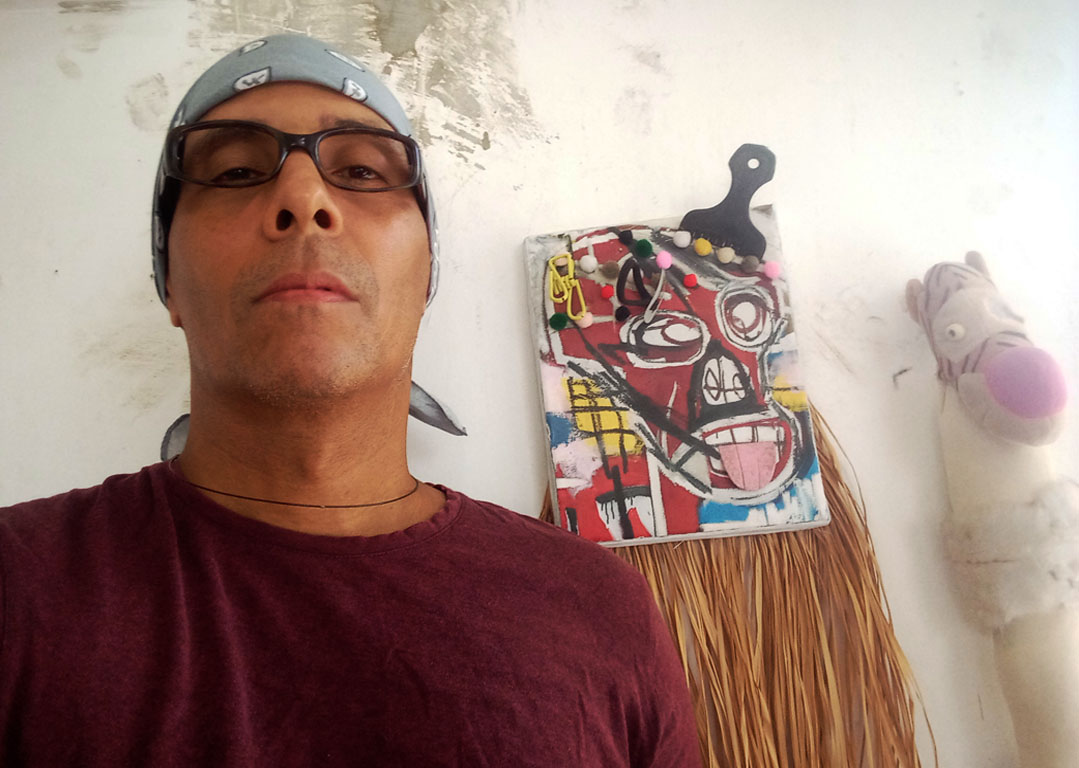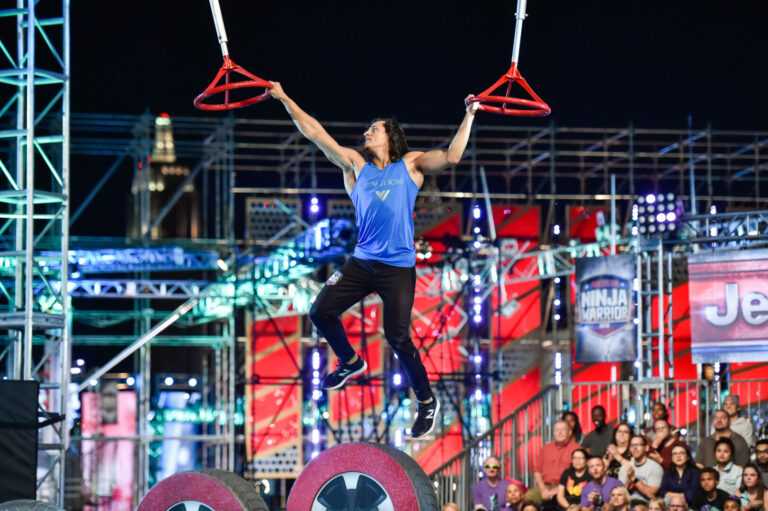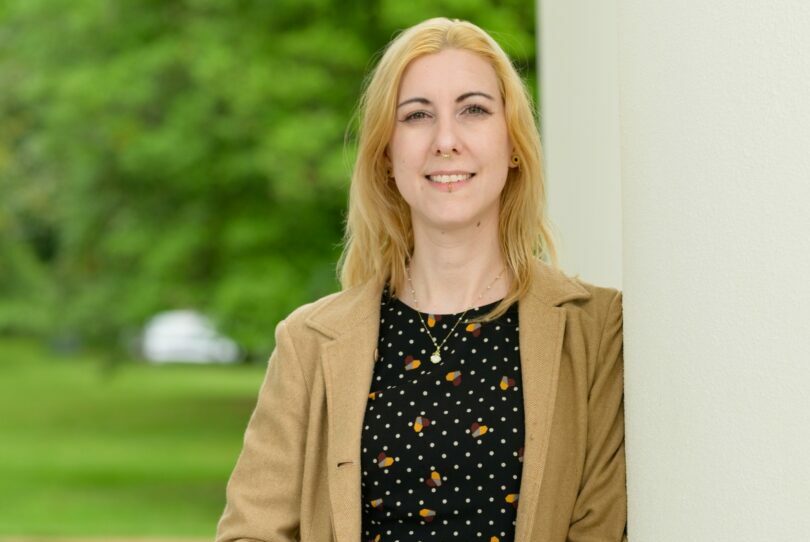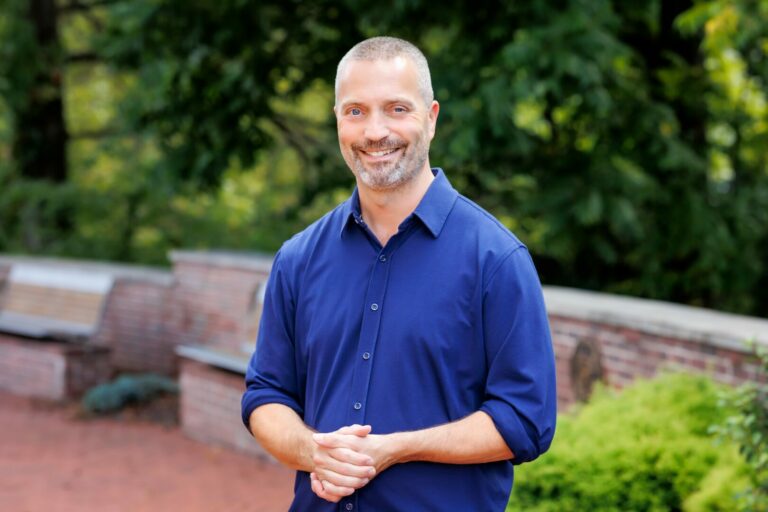We recently had the chance to connect with Francisco Pinto and have shared our conversation below.
Hello Francisco, thank you so much for taking some time out of your busy day to share your story, experiences, and reflections with our readers. Let’s start with something interesting: What makes you lose track of time and reconnect with yourself?
Walking meditatively despite the hustle and bustle helps me organize my thoughts. It’s a way to find myself and unleash my imagination. Ideas emerge, and that’s what excites me most. Walking is also therapeutic and healing. I live and work through art. Always moving forward. It’s the only way.
Can you briefly introduce yourself and share what makes you or your brand unique?
I was born in Caracas to Venezuelan parents and have been immersed in the creative world since childhood. It’s something I’ve always felt connected to. I was constantly surrounded by crafts; some relatives knew how to sew. My uncle, a painter, lived in my house. I often saw him drawing and painting, which had a direct influence on me. As a child, I was fascinated by cartoons, which deeply inspired me. I used to draw these moving characters while watching them on television, and I had to draw quickly. That was my first real contact with drawing. I remember in high school drawing in all my notebooks and doodling on my desks. I think those were my first supports. It was a way for me to isolate myself from the rest of the class due to my shyness.
I didn’t have a formal art education; out of necessity, I had to choose between working or studying. I’ve dedicated part of my life to the world of advertising. I’ve taken various drawing and painting workshops. I’ve collaborated with artists who have influenced my creative process, such as Juan Loyola. Others who have inspired me, without wanting to be like them, include Jean Michel Basquiat for his references to Africa or the African diaspora in his work, among many others.
In 2006, I became fully convinced that art was my calling and began to take it seriously. I was able to make a living from it, even while working in advertising. I participated in numerous group exhibitions both in Venezuela and abroad. I had brief collaborations with galleries such as La Carnicería Arte Actual, Artepuy, and Templarios, among others. At that time, my work was inspired by the joyful and innocent world of Walt Disney, Hanna-Barbera, and Looney Tunes.
If life reinvents itself every day, I reinvent myself with it. Finally, I closed that chapter that had brought me so many opportunities with a blank slate. Honestly, it was both a perfect ending and a new beginning. In 2011, I unexpectedly came face to face with African sculptures. That first encounter left a profound impression on me. I was speechless. It awakened a personal history I hadn’t understood as a child and gave me clarity about my identity, a connection to erased colonial memory. This became the foundation of my later work. From that moment on, I knew what I wanted to express through art. I continued to visit the Afro-American Museum in Caracas to this day, continuing to study and reinterpret Africa and the Caribbean, which became my main sources of inspiration. Since then, my work has garnered important distinctions and recognition. In 2020, the Darryl Chappell Foundation awarded me a grant, which was an incredible support during the pandemic.
“Slavery is not the past, but a daily experience of racism and discrimination,” a quote from Cuban artist Roberto Diago, one of the many artists I have studied. Today, I want my work to take a more spiritual and poetic direction, moving away from the narrative of violence I have been exploring. These references in my work led me to critique and question them. I want to create new narratives and new connections.
Enough with the paintings of slaves, I want to see black faces sitting on the throne. Samuel of Savoy.
My work is simple, I start from drawing and painting, combining multiple references and transit through different languages, my work is loaded with layers, codes and a lot of symbolism, the materials I use are humble, unconventional, I look for an intentionally unfinished aesthetic, I mix African and indigenous cultural references, it is unpublished, it combines iconography, appropriation and reinterpretation, toys and found objects, archive photos, images taken on the Google website as a means of appropriation of journalistic photography, blackface images, irony and humor is the form or the super effective tool that makes it much lighter, I look for that dialogue between what I want to say and the person who observes it.
It’s also a way of paying homage to the artists I admire and who have influenced me in some way for a long time, it’s my reverence and celebration of African and Caribbean culture.
Thanks for sharing that. Would love to go back in time and hear about how your past might have impacted who you are today. Who taught you the most about work?
In 2024, I was fortunate enough to meet the Peruvian interdisciplinary cultural artist William Cordova. Thanks to Sattva Giacosa, a photographer who lives and works in Vienna, who met him in person during a William Cordova curatorial program in Vienna.
Meeting William Cordova came at just the right time. He told me that now is the time; he’s helping me change my perspective on this complex world of art.
Art is a form of resistance, of protest. It’s a way to defend our identity, culture, and values. Aimé Césaire said it.
Right now, I think contemporary art and museums are showing signs of crisis, as is identity itself. Art feels worn out, especially when speculation enters the scene. Art criticism has become more superficial and corporate. Theoretical thinking and sensitive reflection toward the future have faded. Originality is harder to find. Connection between people has been lost. Even though we operate with similar codes, we are still excluded. It’s a shame, because when art is only linked to money, it loses its soul. The art market has become the main legitimizing force. Criticism has lost its weight and has become more hierarchical and personal. Often, what matters most is not the work, but the artist’s origin. It’s time to wake up and observe the struggles and needs of others in order to practice empathy, especially with historically marginalized groups. An artist must be the voice of their past and their time.
Was there ever a time you almost gave up?
In 2022, I had the experience of being held incommunicado for five days at the Istanbul airport, a story very similar to that of the 2004 Tom Hanks film The Terminal. When I was about to board the next flight to Marrakech, due to discrimination based on my Venezuelan passport, I was pulled from the queue, denied entry, and treated very rudely for no reason. It was very hard to see the plane depart for Marrakech without me. The dream of fulfilling my artist residency at the Montresso Foundation had slipped away, along with all the enthusiasm I felt for that adventure. I will never understand the despicable treatment I received; you could say it was bad luck, perhaps a twist of fate, trying to learn from that experience.
The art world isn’t easy in general, and being an artist is even harder, especially in the Venezuelan context. It’s incredibly difficult. There aren’t many opportunities to make yourself heard, and that can be frustrating. The same names are always repeated in the few galleries that remain open in Venezuela. Still, I’ve never given up, despite the challenges.
Even when things don’t go well, I always find the light at the end of the tunnel. That has always been my inspiration. To date, I have had eight solo exhibitions. Some of the most significant were:
- Freemen: Catch Me If You Can. Alejandro Otero Museum, curator Richard Aranguren.
- Free as a hare, never surrender. Afro-American Museum of Art of Caracas, curator Fabiola Gamez
- A Secret Place, Shadows in the Forest. Afro-American Art Museum of Caracas, curated by José Francisco Cantón y Fernández
- I presented my eighth solo exhibition, titled “Dance with the Devil You Know.” It was a reflection on the convergence of the three cultures that forge Venezuelan roots: Indigenous peoples, Spanish colonizers, and Africans brought to the Americas through slavery. It was a collaboration with writer, historian, and curator Jonathan Michael Square (Adjunct Professor of Black Visual Culture at Parsons School of Design in New York), psychologist and researcher Ítala Scotto Domínguez, and architect and curator JF Cantón. I also received support from Eduardo Planchart Licea, curator and art critic, who directed my 2005 project for the FUNDEF collection, “Diablos de Yare: Reintegración de una Colección.” Sadly, Eduardo Planchart Licea passed away in 2025.
In November 2025, I will be participating in a project at Bridge Red Studio in Miami as part of William Cordova’s Flag Project, who will be the curator. My design, titled Egungun, is my first public work, which explores abstraction through Caribbean folk and religious traditions. It is based on the Dancing Devils of Naiguatá, a coastal town in north-central Venezuela, next to the Caribbean Sea.
Many of these questions are profound, but if you’re interested, we have a few more we’d love to hear. What cultural value do you protect at all costs?
Access to culture, the preservation of memory, and the knowledge of traditions and cultural expressions, both tangible and intangible.
Before we go, we’d love to hear your thoughts on some longer-run, legacy type questions. What do you think people will most misunderstand about your legacy?
My practice combines disciplines. It includes drawing, painting, collage, assemblage, textiles, and sculpture. I don’t seek to generate controversy with my work; I seek to explore relevant topics and stir emotions. Some people won’t like what I do, and that’s their right, but I’ve also managed to engage many others, inviting them to reflect and start conversations. Good art should generate questions and answers. I tell the story without altering it; the story has already been written.
Contact Info:
- Email: [email protected]
- Instagram: @cimarron09
- Facebook: Franciscoa Alexander Pinto
- Youtube: @franciscopinto610
- Other: https://www.youtube.com/watch?v=hmLb2SipdgE
https://artishockrevista.com/2024/08/04/francisco-pinto-baila-con-el-diablo-que-tu-sabes/

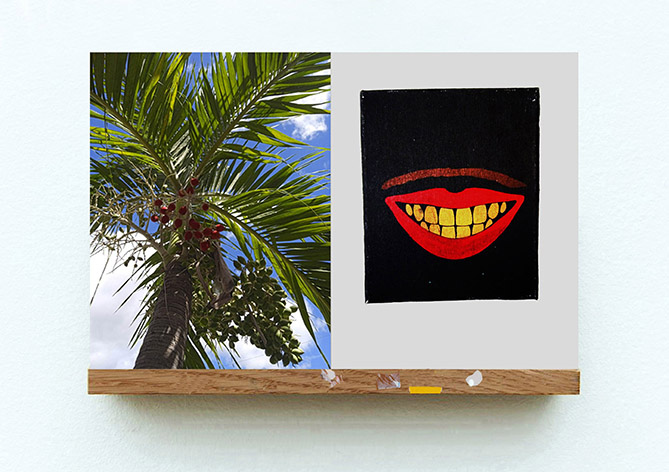
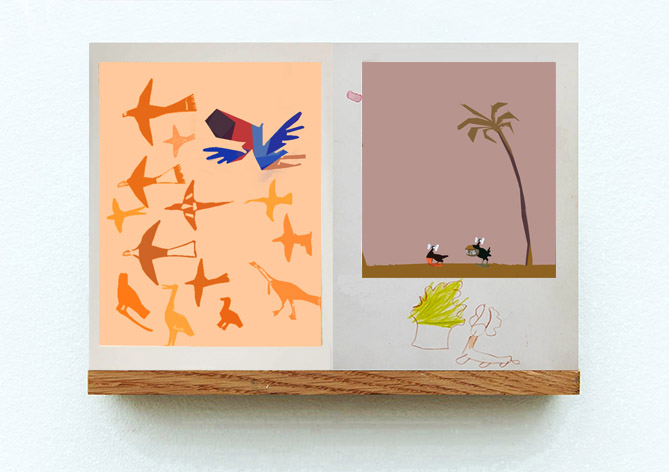


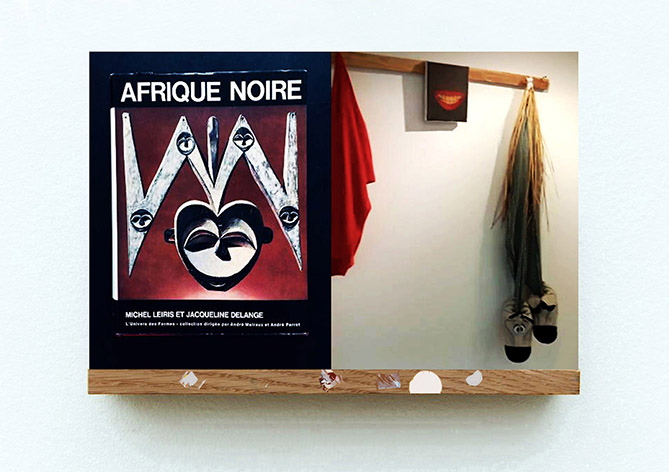
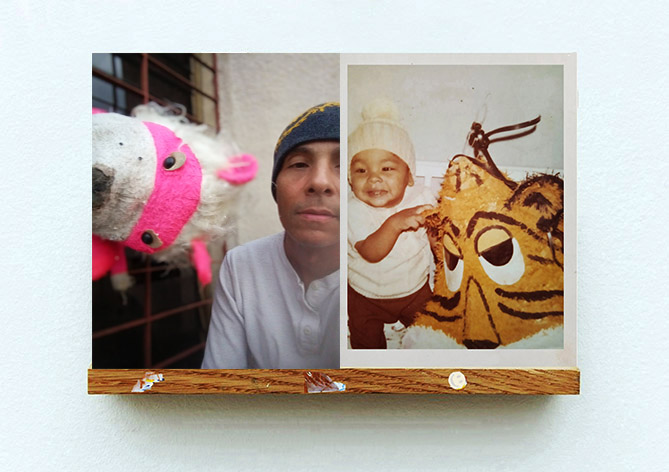
Image Credits
The images are my own, other images are taken from the web.
so if you or someone you know deserves recognition please let us know here.

